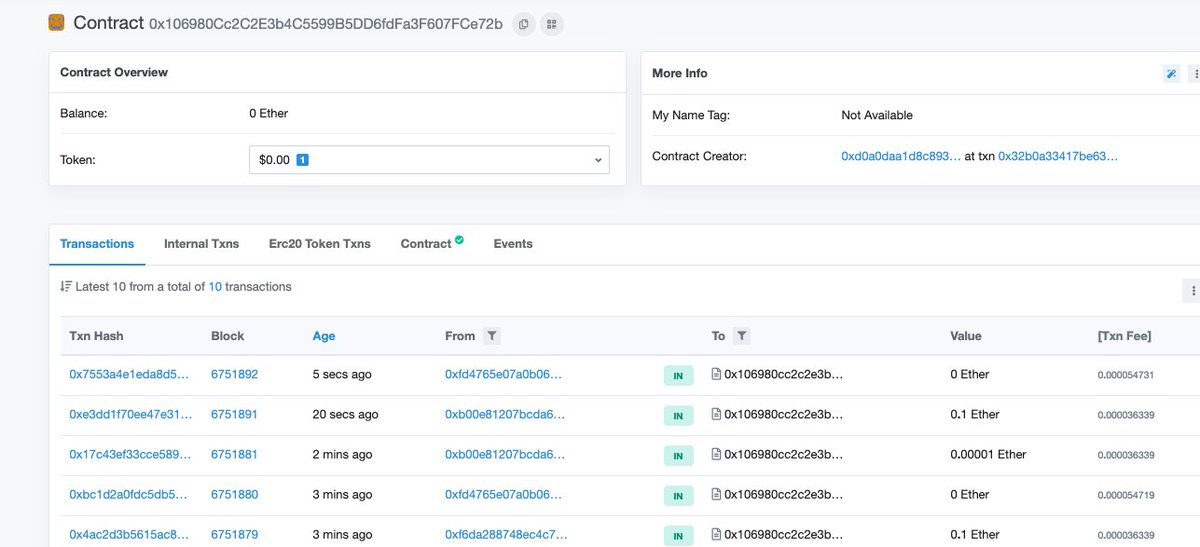
An interesting idea from @TusharJain_ - to use Liquidity Provider tranches in order to address Impermanent Loss.
Two tranches in a pool:
* Junior Tranche is as today
* Senior Tranche shares only 20% of pool income, but has IL insured by the earnings from Junior Tranche.
Two tranches in a pool:
* Junior Tranche is as today
* Senior Tranche shares only 20% of pool income, but has IL insured by the earnings from Junior Tranche.
In effect creating two classes of LPs.
Those that are after low-risk, low-reward capital markets.
Those that are after higher-risk, higher-reward.
Those that are after low-risk, low-reward capital markets.
Those that are after higher-risk, higher-reward.
In a hypothetical scenario, two LPs enter a pool, a Junior and a Senior.
The pool experiences no IL: Junior makes 4 times as much in earnings as Senior.
The pool experiences IL: The senior's capital is protected by as much earnings as it takes, deducted from the Junior.
The pool experiences no IL: Junior makes 4 times as much in earnings as Senior.
The pool experiences IL: The senior's capital is protected by as much earnings as it takes, deducted from the Junior.
Example:
If a pool has 50:50 Junior:Senior, and makes 30% APY, then assuming no IL, Juniors would make 48% APY, Seniors would make 12% APY.
If there is IL, then earnings are shifted to ensure that Senior's capital is protected.
If a pool has 50:50 Junior:Senior, and makes 30% APY, then assuming no IL, Juniors would make 48% APY, Seniors would make 12% APY.
If there is IL, then earnings are shifted to ensure that Senior's capital is protected.
This strategy creates no additional pressure on the emissions of the network.
The pool's bucket of earnings is split between LPs depending on the scenario.
This can be implemented easily on THORChain.
The pool's bucket of earnings is split between LPs depending on the scenario.
This can be implemented easily on THORChain.
The community are welcome to provide feedback,
cc
@mehowbrains @Bitcoin_Sage @TheRuneRanger @tannedoaksprout @Larrypcdotcom
cc
@mehowbrains @Bitcoin_Sage @TheRuneRanger @tannedoaksprout @Larrypcdotcom
• • •
Missing some Tweet in this thread? You can try to
force a refresh










